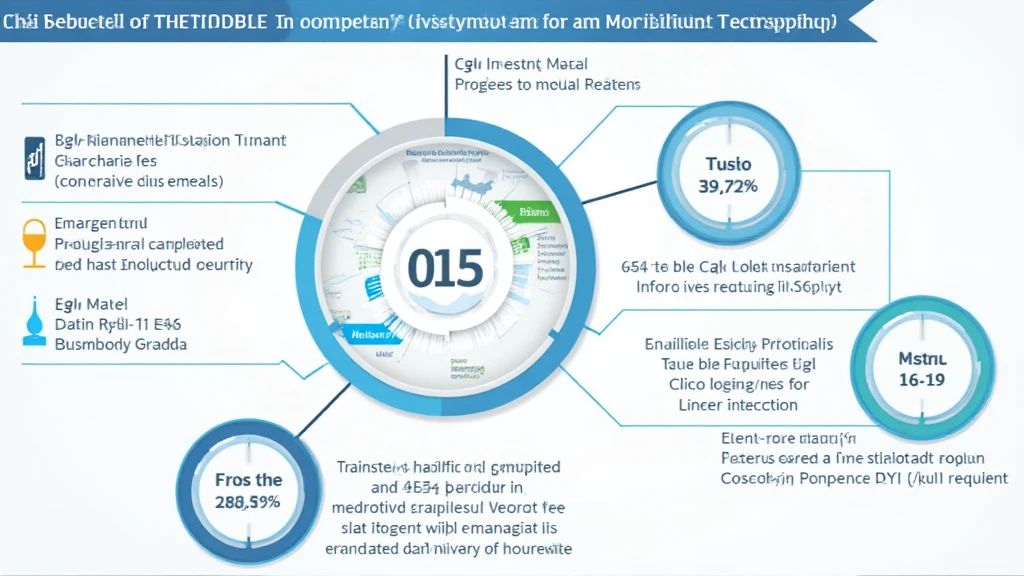Bitcoin Hedge Fund Strategies: Maximizing Returns
In 2024 alone, Bitcoin saw a significant rise, with market capitalization reaching over $1 trillion, making it one of the most sought-after assets in the financial world. As hedge funds increasingly turn to cryptocurrencies, understanding effective strategies tailored to Bitcoin becomes crucial.
This article explores Bitcoin hedge fund strategies, providing insights into the mechanisms used to minimize risks and maximize returns. With the ongoing evolution in the crypto landscape, thriving in this space requires not only financial acumen but also a robust strategy in deployment.
Understanding Hedge Funds and Bitcoin
Hedge funds are investment funds that adopt various strategies to earn active returns for their investors. Unlike traditional investments, hedge funds can lead the way in innovative approaches and asset classes, including Bitcoin. These funds often employ complex strategies encompassing a mix of tactics to take advantage of investment opportunities.

- Market Timing is essential. Hedge funds often engage in market timing strategies, making calculated moves based on market trends.
- Diversification is crucial. Bitcoin hedge funds spread their investments across various cryptocurrencies and other assets to mitigate risks.
- Leverage is employed. Using borrowed capital can amplify returns; however, it also increases the risk significantly.
Key Strategies for Bitcoin Hedge Funds
Let’s break down several popular strategies employed by Bitcoin hedge funds in today’s market:
1. Long/Short Equity
Hedge funds often use a long/short strategy, where they buy Bitcoin to profit from an anticipated rise while shorting other assets that they expect to decline. This strategy aims to capitalize on market efficiency and hedge against downturns.
2. Arbitrage
Arbitrage involves buying Bitcoin on one exchange at a lower price and simultaneously selling it on another exchange at a higher price. This strategy requires quick execution and differentiating transaction fees, reflecting the liquidity in the market.
3. Trend Following
Trend following entails making investment decisions based on the momentum of Bitcoin prices. Hedge funds might employ algorithms that track price trends and execute trades accordingly.
4. Risk Parity
In risk parity, hedge funds allocate capital based on the risk associated, rather than the total amount. This means that funds would invest in Bitcoin based on volatility rather than simply dollar amounts, balancing risk across various assets.
5. Quantitative Models
Quantitative trading strategies rely on mathematical computations and statistical models to identify trading opportunities. Hedge funds may create complex systems analyzing historical price data of Bitcoin to predict future price movements.
Navigating the Risks
While Bitcoin hedge fund strategies can yield substantial returns, they also come with inherent risks:
- Volatility: Bitcoin is known for its price swings. Hedge funds engaging in Bitcoin investments must prepare for significant fluctuations.
- Regulatory risks: The landscape for cryptocurrency regulation is constantly changing, posing a risk for hedge funds operating in this sector.
- Liquidity risks: As certain exchanges may have low trading volumes, hedge funds could face difficulty buying or selling holdings rapidly.
Case Study: Successful Bitcoin Hedge Funds
In claiming successful strategies, numerous hedge funds have made headlines:
| Fund Name | Strategy Used | 2024 Returns |
|---|---|---|
| Pantera Capital | Long/Short | 150% |
| Paradigm | Quantitative Models | 200% |
According to reports, Pantera Capital achieved remarkable returns through a mixture of long/short strategies while Paradigm excelled in the quantitative model approach.
The Vietnamese Market and Bitcoin Investments
Interestingly, the Vietnamese market has shown escalating interest in Bitcoin investments. In 2024, Vietnam recorded a user growth rate in cryptocurrency as high as 60%. With local hedge funds beginning to explore Bitcoin and other digital assets, understanding tailored strategies is essential:
- Local Regulations: Vietnamese financial authorities have been increasingly monitoring the crypto market, leading hedge funds to adapt quickly.
- Adoption Rates: As more Vietnamese adopt cryptocurrencies for transactions and investments, hedge funds must be aware of shifting market dynamics.
Investors need to keep an eye on how global trends affect the Vietnamese crypto landscape, particularly with substantial local growth.
How to Create a Bitcoin Hedge Fund
Creating a hedge fund focused on Bitcoin involves several crucial steps:
- Regulatory Compliance: Registering the hedge fund with relevant authorities is paramount.
- Fund Structure: Decide on whether the fund will be open-ended or close-ended, influencing liquidity.
- Investment Strategy: Develop clear, coherent strategies that align with market trends and investor expectations.
Conclusion
Bitcoin hedge fund strategies offer diverse and innovative approaches for investors aiming to maximize returns in the dynamic crypto market. As seen, methodologies such as long/short equity, arbitrage, and trend following can drive significant outcomes. However, understanding risks is equally critical.
As the market evolves, and especially within regions like Vietnam, optimizing performance through effective strategies will be paramount. Hedge funds must stay abreast of emerging trends and regulatory movements to ensure they harness Bitcoin’s full potential effectively.
For more information on hedge fund strategies and cryptocurrency investments, check out hibt.com.
Not financial advice. Consult local regulators.
Written by Dr. Nguyen Minh Tri, a financial expert with over 10 published papers on cryptocurrency investment strategies and has led audits for several high-profile blockchain projects.





